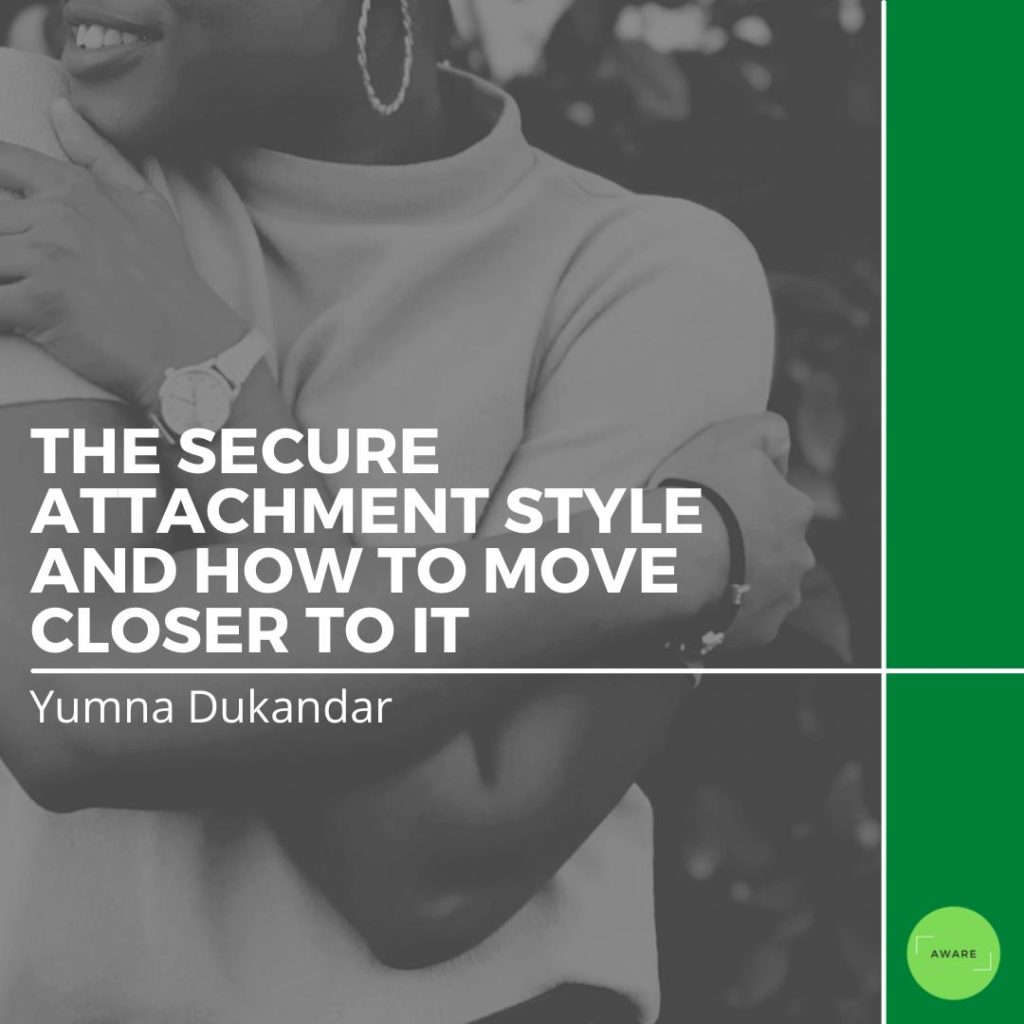The beginning of a romantic relationship can be an exciting time. From the rush experienced with starting something new to the consuming thoughts of your significant other, it is a thrilling part of attachment. While relationships hold great importance, they can also unravel traits and trauma we did not know we had.
The Attachment Theory was developed by John Bowlby in 1969. It was meant to explain the complex bond between infants and caregivers during the first few years of life. Four attachment styles were born through this theory, namely secure, anxious, avoidant, and disorganized. An attachment style simply refers to the way one person relates to another person. The concept involves the confidence felt when connecting with a significant other in a way that feels supportive, protective, and safe. It is important to note that while secure attachment is the ideal space for a couple, there is no shame in relating to an insecure attachment style as research shows up to 40% of people experience this. There is a misconception that in order to be loved, one needs to be “perfect”. While being self-aware creates a healthy space for love to progress, expecting perfection is unrealistic.
The Secure Attachment Style
Keeping the attachment theory in mind, the secure attachment style is said to occur when a primary caregiver is able to meet the emotional needs of their child. This means that the primary caregiver – in most cases, our mother – serves as a safe base for us to explore the world. However, this does not mean that kids who experience emotional safety are shielded from anxiety or distress – the opposite is true. Children who exist safely with their caregivers still experience levels of uncomfortable emotions within reason. However, they can regulate and stay steadfast in knowing that they will be attended to, and that their needs will be met. The assumption within the attachment theory is that secure people tend to be secure lovers. This means that within romantic relationships, those with secure attachments relate feelings of trust and happiness to the strongest relationships they have had. They can give support where necessary and receive it when needed.
How to Work Towards a Secure Attachment Style
Experiencing an insecure attachment style can make a person feel stressed and hopeless. While we might never completely transition from one style to the next, it is possible to heal the way we attach to others.
- Identifying your individual attachment style – Experiencing relationship anxiety can feel overwhelming. Understanding your attachment style will help validate and ease your stress. This should ideally be explored with the help of a mental health professionals. However, using trusted free online resources can also be a good starting point.
- Learning from your loved ones – Identifying those around us that reflect secure attachments and learning from them can help us change our negative behaviors. Mirroring healthier habits can help us correct unhealthy behaviors.
- Educate and act – Healing attachment styles will take time and consistent effort. Therefore, it is important to increase self-awareness around your triggers and unsettling patterns. Ways in which you can do this include keeping a journal to track your emotions and reactions, pausing in triggering moments, and taking time to reflect and recording evidence that goes against intrusive thoughts.
Having an insecure attachment style can be hard to accept but once understood, both yourself and your partner can help heal each other towards a safer and securer attachment.
